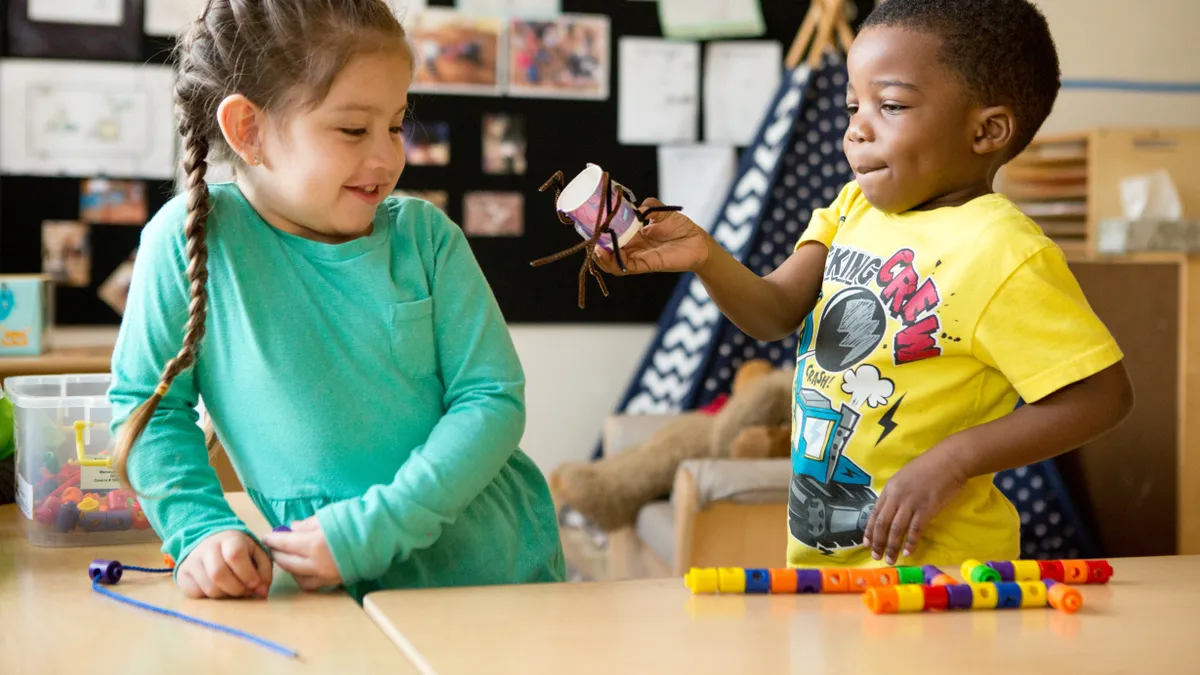Dive Brief:
- The Student Diversity Advisory Group, a panel appointed by New York City Mayor Bill de Blasio, is recommending the city eliminate gifted programs and selective admission at most of the district’s schools. The recommendation targets policies considered imperative to keeping white, middle-class families in the public system.
- In its report, the group suggests replacing gifted programs with non-selective magnet schools. It also urges the city to reduce the use of middle school screeners like grades and attendance, redraw school lines, place a moratorium on new screened schools, and stop using attendance, geographic zones and lateness as a screening tool for high school admission.
- However, the proposal may face opposition from a number of black and Latinx families who want gifted programs in their neighborhoods. De Blasio said he would assess the group's recommendations, according to The New York Times.
Dive Insight:
After avoiding the issue for years, de Blasio called for a change of the “old system” this spring after new data revealed black and Hispanic students only received 10.5% of the invitations to the city’s eight elite schools. Those two student groups make up 70% of NYC schools' total enrollment.
The NYC school system, which is the largest public school system in the country, is under criticism for a host of issues related to segregation, poverty gaps and selective schools with low minority enrollments. In response, it is taking steps to improve the situation. For instance, starting in the 2020-21 school year, it will unravel the current algorithm-based application process and institute waitlists.
The city also adopted a culturally responsive curriculum earlier this month that was championed by Chancellor Richard Carranza. The controversial move was welcomed by some, who believe curriculum changes will create more inclusion, but it was panned by critics who said the emphasis should be on learning core subjects like math, science and reading. Carranza, who was an English learner student, believes schools need to do more to understand how heritage and culture fit into students’ view of the world.














